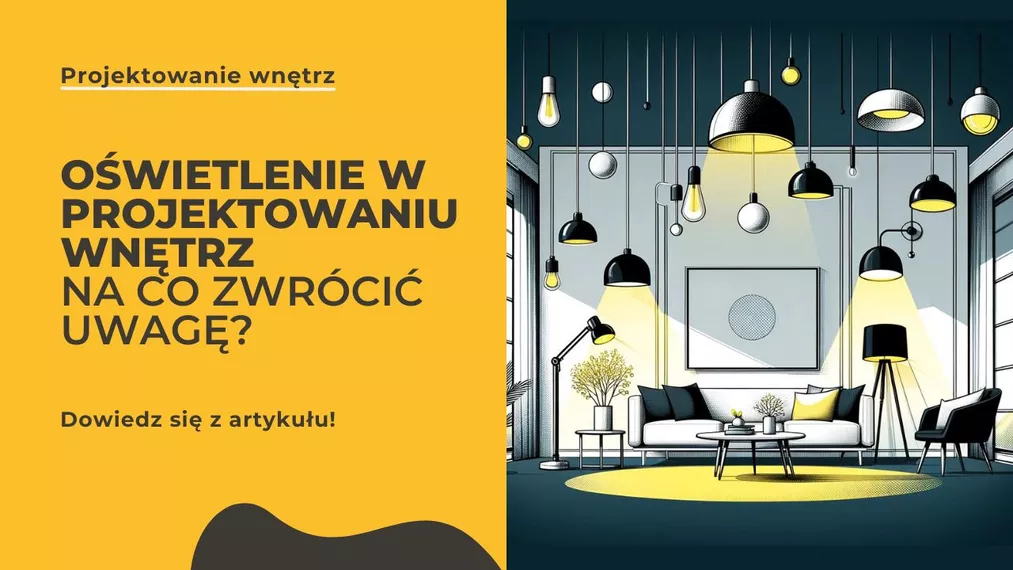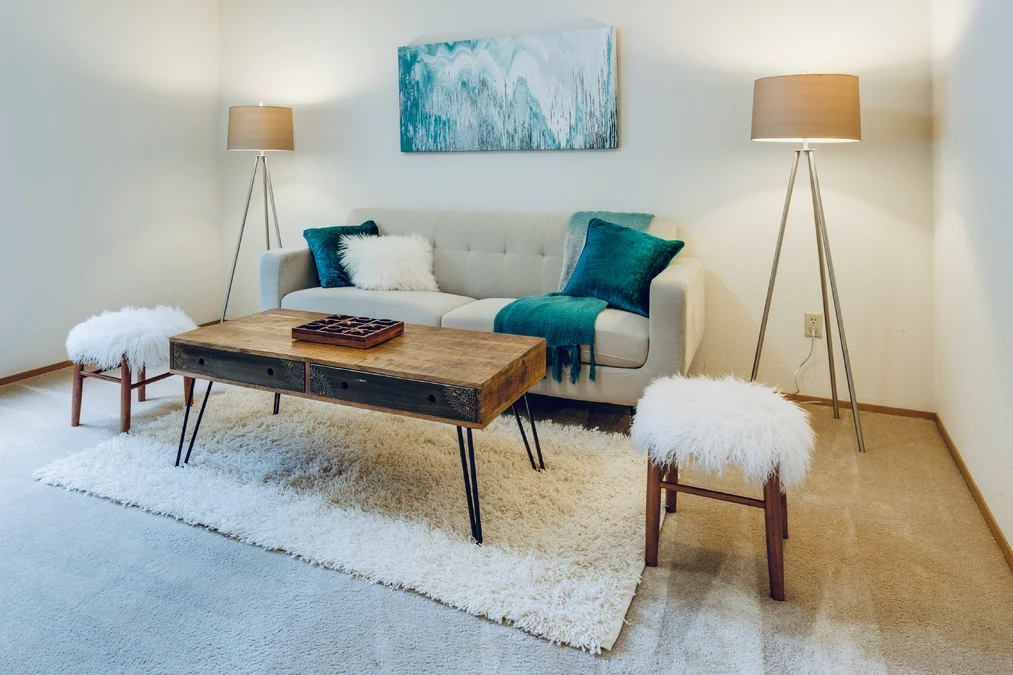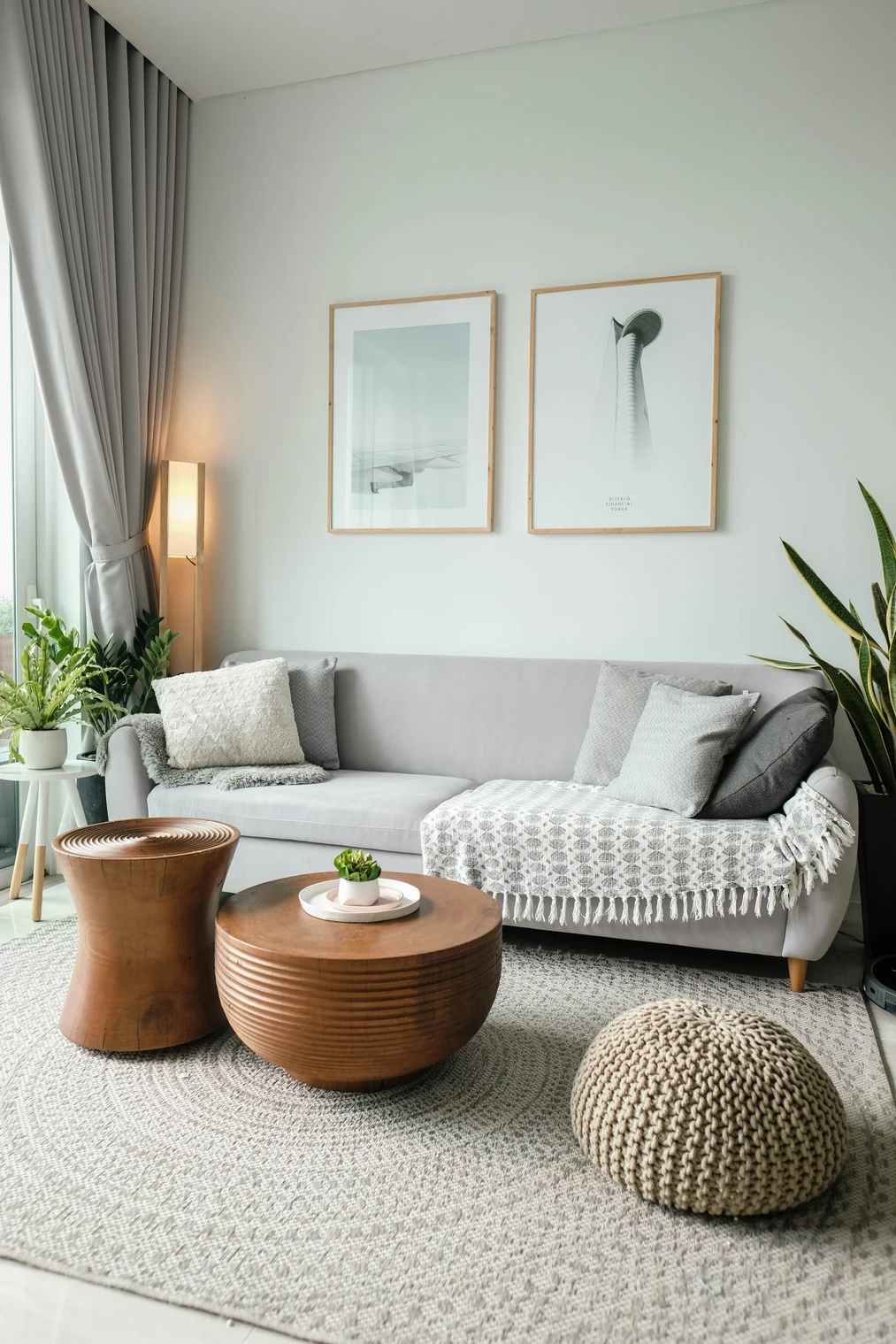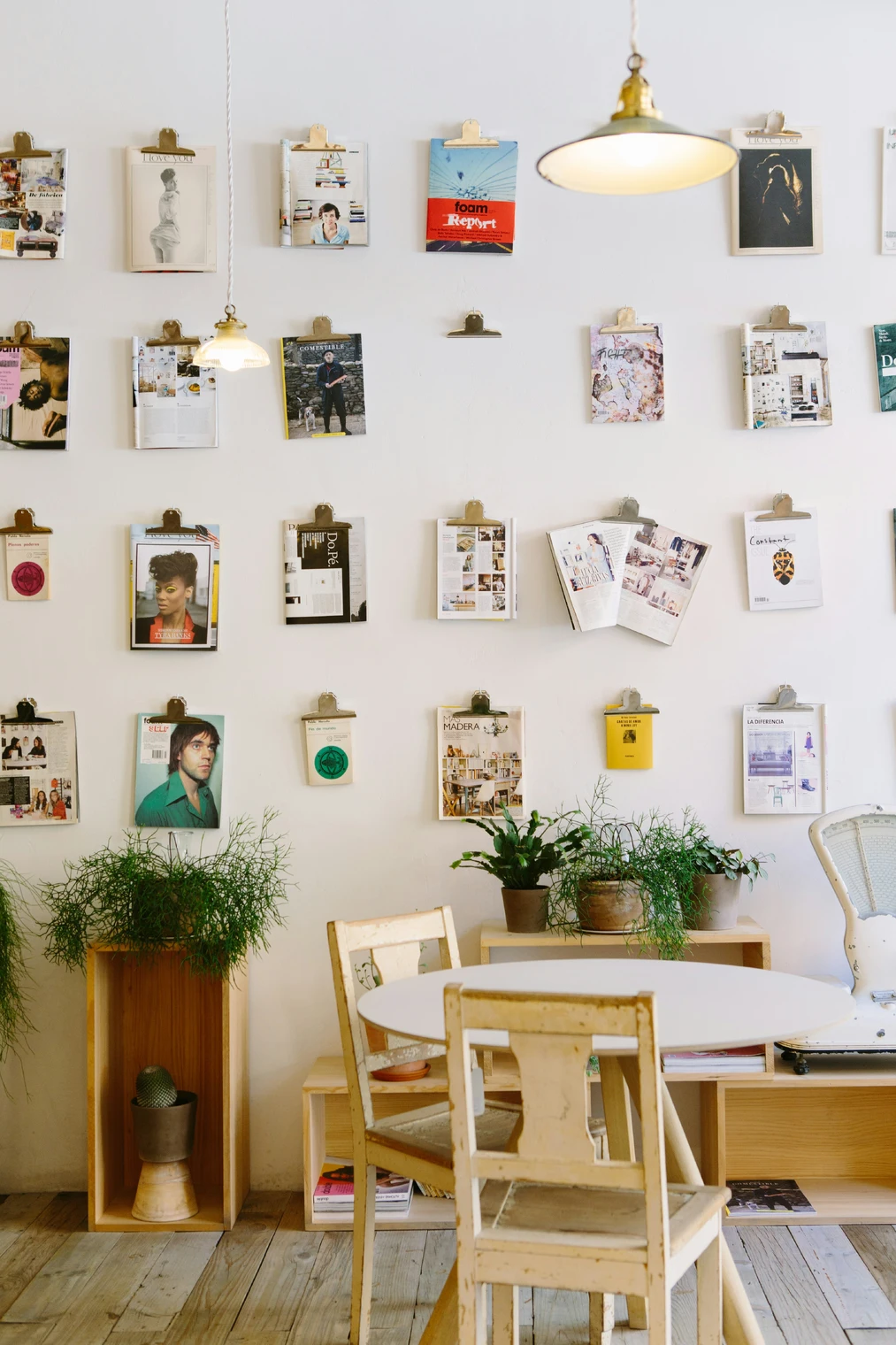Publication date: | Update date: 15-04-2024 | Author: Mateusz Ciećwierz
Interior Lighting Design - What to Pay Attention To

Interior lighting design is no easy task. It requires not only a sense of aesthetics, but also a deep understanding of the functions of light in rooms. What are the most important aspects to consider when selecting lighting?
One of them is certainly trends in lighting. Similar to fashion, interior decorating styles, or technology, interior lighting also undergoes continuous changes. To create a "wow" effect, it's worth tracking the latest trends that allow for creating a unique arrangement. Well-selected lighting systems will transform the interior, add character, and help emphasize its style.
The functionality of the interior is influenced by the types of lighting. Properly selected lighting allows for easy performance of daily activities, while also creating the desired mood and atmosphere. Pay attention to various light sources, such as sconces, floor lamps, table lamps, or halogens. Each of them serves different functions, and their combination offers endless design possibilities.
Interior Lighting: Key Takeaways
- Interior lighting design requires attention and understanding of the role that light plays.
- Knowledge of current lighting trends is essential to create a modern and stylish arrangement.
- Various types of lighting serve different functions in the interior. Therefore, it's worth considering diverse light sources.
- Well-planned lighting significantly enhances the functionality and aesthetics of the interior.
- Proper selection and placement of light sources affect well-being and help create the desired atmosphere and mood.
The Importance of Light in Room Aesthetics
It's undeniable that light plays a crucial role in the aesthetics of any interior. It not only determines the functionality of the room, but also its atmosphere. Keep this in mind when designing the layout of lamps and lighting in the home.
The Role of Lighting in Creating Atmosphere
Lighting is one of the most important tools in the hands of an interior designer. The placement of light sources, their color, and intensity influence the well-being of people in a given room. Warm, diffused light brings a sense of calm and relaxation, making it better suited for a bedroom. In contrast, sharp, bright light stimulates activity and concentration — choose it for the kitchen and living room.
The Impact of Light on Color Perception and Textures
When choosing the color and intensity of light, consider how it affects the perception of colors. Surely, you know that objects and textures look different depending on the light they're exposed to. Therefore, it's essential to plan both natural and artificial lighting to help bring out the beauty of the designed interior.
Living Room Lighting as a Decorative Element
Think of lighting not only as a necessity, but also as a way to add character to a room. Decorative lighting, rich in various forms and shapes, is a trendy way to personalize an interior. Combine functionality with aesthetics and take advantage of smart lighting to shape the prevailing mood in the room. High-quality stylish lamps are a beautiful addition to an interior designed in any style. See what interior design trends dominate in 2024.
Check out online interior design courses
Lighting in Interior Design
Lighting planning is one of the most important elements of a home or apartment interior design project. Properly selected lighting makes the interior friendly, encourages work, or facilitates relaxation. Learn how to achieve the desired effect. As a designer, you have a variety of lighting types at your disposal. Get to know them to efficiently create the atmosphere and character of specific rooms. Find out when to choose ceiling lighting, and in which cases spot lighting will be suitable.
- General overhead lighting is a well-known and popular choice. It provides uniform general light, making it suitable for any room. It's also easy to integrate with most architectural styles and finishes. Remember, overhead lighting alone is not enough to create a work or relaxation zone in a room, for example, a relaxation area with a chair and a bookcase.
- Spot lighting helps accentuate individual elements and zones of space. Pay attention to the intensity and color of spot lighting.
Planning light sources offers an extraordinary field for experimentation. Intelligent LED lighting allows for controlling the color and intensity of light. Be sure to familiarize yourself with the client's expectations and propose the use of smart lighting. This will allow the person in the room to easily create the prevailing mood.
What Lamps to Choose for Home and Living Room Lighting?
There are many types of lamps available on the market. A vast selection and diverse offer allow you to choose the right lighting for any interior style. Therefore, when looking for lamps, consider not only functionality, but also aesthetics. In this way, the designed interior will gain a unique character and shape.
LED lighting is particularly popular. LED lamps offer a wide range of arrangement possibilities. They are available in various forms — from classic light bulbs, through LED strips, to advanced lighting systems. Users praise this technology for its energy efficiency and innovative solutions.
The choice of a specific lamp is influenced by various factors. Above all, the style of the interior in which it is to be placed. Depending on whether this is a space maintained in a modern, classic, industrial, rustic, or vintage style, choose appropriate decorative lamps that will harmonize with the rest of the arrangement. It's essential for lamps to not only look good, but above all to be functional and practical to use.
To choose lamps for the interior, you need to know what type of lighting you need. There are several types of lighting that serve different functions, such as general, spot, decorative, or task lighting. Each of these forms has its specific use, and it's good to consider it when planning interior lighting.
- General lighting: This is the basic and standard lighting that is supposed to illuminate the entire room. It's usually overhead lighting, creating the general character of the room.
- Spot lighting focuses light on a specific point, e.g., a painting on the wall or books on a shelf. It's an excellent tool for highlighting selected decorative elements.
- Task lighting helps perform specific tasks, such as reading or cooking. In the kitchen, plan LED lighting above worktops, and in the room, remember the lamp above the desk. The right amount of light facilitates daily activities.
- Decorative lighting serves to emphasize specific decorative elements and add style to the interior. Standard examples of decorative lighting are floor lamps in the living room or modern wall sconces.
Choosing the right lighting affects the overall aesthetics of the interior, as well as the comfort and atmosphere in it. Therefore, already at the project stage, consider the arrangement of light sources.
Lighting Planning — Step by Step
Wondering how to plan lighting in your home or office? The following steps will make the task easier. Learn about them and plan functional lighting that will positively affect the aesthetics and comfort of the room.
Assess the Lighting Needs of the Room
Start by analyzing the lighting of the interior. Each room has unique lighting needs. For example, the kitchen requires stronger lighting than the bedroom. Consider what activities you will perform in a given room and what light sources will be most suitable for them. Consider natural lighting, learn which side the windows are on in the room and how much light reaches it. Remember about ergonomics. In the "Ergonomics in Interior Design" course, you will gain knowledge and learn the key principles of planning functional interiors.
Understand the Principles of Selecting Light Sources
Choosing the right light sources is an important part of lighting optimization. For the entire interior to be functional, ensure that there are no over-lit and shaded areas. Strive for a uniformly lit room.
Look for Stylish and Energy-Efficient Solutions
Make sure the chosen lamp matches the interior style. Lamps are not only a source of light but also an important element of room decor. Choose energy-efficient bulbs of the right power. If possible, consider choosing LED lighting.
Check out interior design courses
How to Design Lighting — Conclusions
Lighting in interior design is not just about light sources that allow us to perform daily activities. It's also one of the most important tools for creating mood, emphasizing colors and textures, and enlivening interiors. In the article, we've discussed the main aspects related to planning and implementing interior lighting. We've emphasized the role of aesthetics and offered suggestions on how to combine it with functionality.
Interior lighting — how to create a design?
- Understand lighting needs
- Choose appropriate light sources
- Arrange the light in a thoughtful way and consider lighting as an essential decorative element
- Remember about ecology: choose energy-efficient light sources
The Future of Interior Lighting Design
Regardless of the style in which the interior is designed, focus on innovative lighting technologies. Smart lighting systems are gaining popularity, being both energy-efficient and user-friendly. Remote control of LED lighting through mobile applications is being used in an increasing number of projects. Personalizing the interior is the key to creating human-friendly spaces. The ability to remotely control the light is one of the simplest ways to create the desired mood in the room.
FAQ — A Good Lighting Design
What are the key principles of selecting lighting for an interior?
Always start by defining the purpose and function of the room. The required lighting largely depends on the intended use of the space. In the kitchen, you will apply bright lighting, while in the bedroom, diffused warm lighting will be better suited. Also, pay attention to the style of the interior and the client's personal preferences. Lighting should primarily ensure comfort, but also accentuate the room's aesthetics.
What are the key lighting trends in interior design?
Lighting trends in interior design often change. However, there are indications that LED lights, smart lighting systems, and energy efficiency will remain with us for a long time. Personalization and programming of lighting are the most important lighting trends. You can introduce them into various interiors.
What are the various types of lighting used in interior design?
Interior design uses various types of lighting, such as ceiling, wall, spot, accent, or task lighting. The choice depends on the needs and functions that a given type of lighting should fulfill.
How does lighting affect well-being?
Bulbs emitting warm white light enhance warm colors and increase the attractiveness of natural materials such as wood. They work great in interiors maintained in the japandi style or in a bedroom. Natural or cool light is a good choice for an office, studio, or study. Blue light improves our concentration and increases work efficiency.
What is functional and decorative lighting?
Functional lighting is crucial for performing daily activities, such as cooking or reading, and also ensures safety. On the other hand, decorative lighting serves to accentuate selected decorative elements and add style to the interior. When planning lighting, strive to combine functionality with aesthetics. This way, you'll show that no object in the room is random.
Read on our blog
-
![How to use Nano Banana Pro and how much does it cost? A practical guide for beginners]()
How to use Nano Banana Pro and how much does it cost? A practical guide for beginners
Learn how to use Nano Banana Pro for free via Gemini, when it’s worth paying, and which solution will be best for you! -
![Artificial intelligence - AI - for furniture manufacturers - see what possibilities it offers!]()
Artificial intelligence - AI - for furniture manufacturers - see what possibilities it offers!
Discover the AI tools and workflows that enable creating packshots, material variants, and interior arrangements: in practice, step by step. -
![Alternative to AutoCAD - Discover GstarCAD with a Perpetual License]()
Alternative to AutoCAD - Discover GstarCAD with a Perpetual License
Looking for a cheaper alternative to AutoCAD? GstarCAD is a professional CAD tool that costs up to 5 times less. See what it offers! -
![What are the most common mistakes made in Archicad by beginners?]()
What are the most common mistakes made in Archicad by beginners?
Are you starting with Archicad? Find out which mistakes beginners most often make and how to avoid them to work more efficiently!






